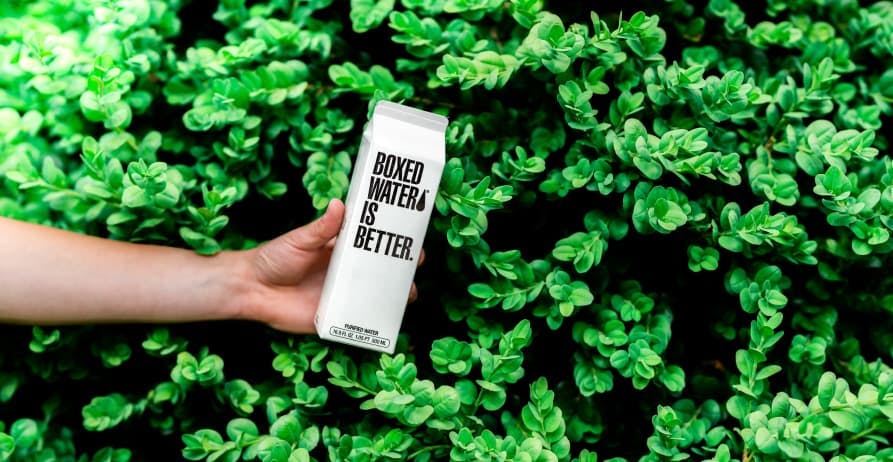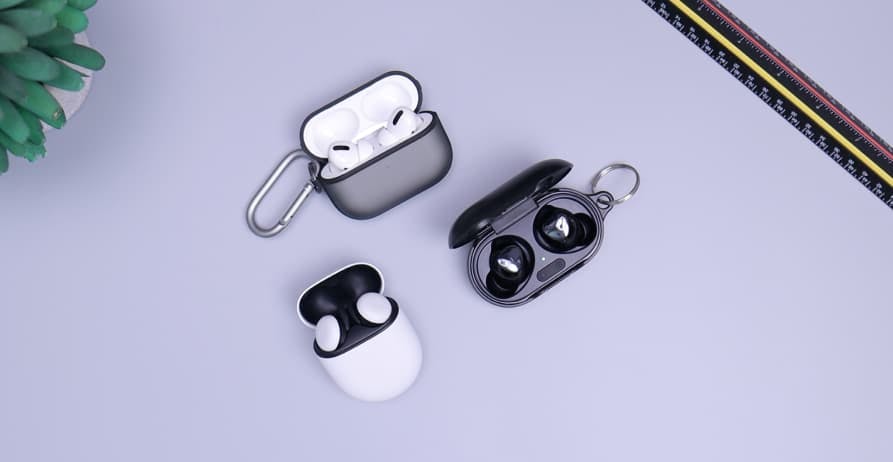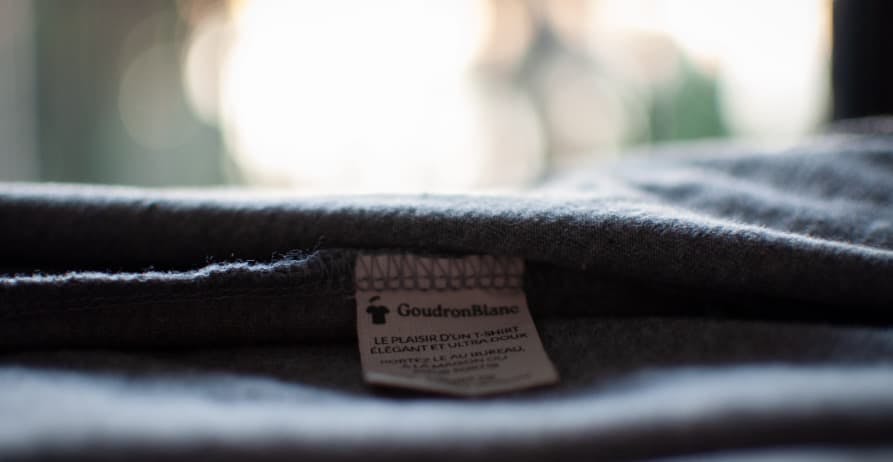
What are the 3 Pillars of Corporate Sustainability?
In this article, we'll explore what the 3 pillars of corporate responsibility are, why they're important, and how businesses can turn them into practical action.
ESG / CSR
Industries



Nearly everything we buy these days tries to mention something good that it does for the environment on its price tag, otherwise referred to as a green label – but are these labels always 100% honest when it comes to the impact the product has on the environment?
It isn’t just customers who are becoming increasingly aware of the green label on their new sweater or computer they’re about to buy, but companies are becoming more mindful of demonstrating that they are committed to environmental reform as well.
This is because investors, stakeholders, and government bodies are beginning to place newfound importance on transparency and commitment to reducing emissions and cultivating overall greener habits within companies. However, some companies tend to take the easy way out – simply printing what appears to be a green label and calling it a day.
What is a green label, why is it important, and how can you decipher the difference between a genuine green label and a dishonest one?

A green label can ultimately mean a lot of different things, but typically – a green label refers to the labeling or general advertisements concerning a product or service.
Examples of a green label could include:
Obviously, a green label may not be an actual label depending on the industry the product or service comes from – such as a car. Therefore, a green label can also refer to the advertising a company does on behalf of a product or service.
In the long run, it’s never the best idea to falsely advertise a product – especially as investors and government bodies begin to buckle down on regulations and requirements in terms of transparency and environmental impact.
That being said, the main reason why most companies will lie and pretend to have a green label is because they are looking for a short-term way to fast-track their financial success.
Therefore, a lot of companies, such as this hypothetical wireless earbud brand, might promote a green label in order to experience a massive uptick in sales in a short period of time.
👉 Also, companies may not have fear to create a green label as “bad publicity is still publicity” and companies are more determined to get their brand name out there than anything else. However, as the world becomes increasingly aware of the importance of good corporate responsibility – this tactic isn’t likely to be successful even in the near future.

Other reasons why companies may produce a misleading green label may include the following:
Producing and sticking a green label to everyday products may have worked well fifteen years ago, but today – governments, investors, and the everyday consumer are all more aware of greenwashing.
The world has been working hard to prevent false green labels as the fight against climate change becomes more serious and requires honest attention, as opposed to insincere efforts to reduce environmental impacts on behalf of companies that choose to produce a green label.
Efforts to reduce misleading green labels include:
Companies that choose to greenwash and provide a false green label could face serious consequences that could harm not only their brand reputation, but their business as a whole.
These consequences could include:
Ultimately, a misleading green label is not worth the damage it could cause a company in the long run. Therefore, it is important for investors, governments, and most importantly – consumers to learn how to tell the difference between an honest and a false green label.
We know that it can be easy to fall for the effects of greenwashing. That’s why we’re sharing our tips to be able to more easily and effectively distinguish between real and fake green labels.
The good news is that you don’t need to be a climate expert to be able to tell the difference between a fake and a genuine green label. In fact, much of it just requires common sense and fact-checking – all things that can easily be done with the internet and a little digital digging.
Here are a few of the easiest ways to tell if a green label is real or not:
We all try to compensate for things, including companies that feel guilty about their environmental impact – and this guilt often bleeds onto a green label as well.
For example, a company may accentuate the fact that their products are made with entirely natural, ethically sourced ingredients in order to hide the fact that the container the product comes in is non-biodegradable.
Just because there is something true in the green label, doesn’t mean it is an entirely genuine green label. To avoid falling for these kinds of green labels, consumers should do research about the company’s supply chain, the entire production process, and life-cycle of the product they’re trying to buy.
Remember when you wrote your college-term paper, and it was required to provide an entire page dedicated to Chicago or MLA style citations?
Companies that are truly eco-friendly will have scientific evidence or a third-party anecdote to back up their claims. Otherwise, the claim isn’t reliable and can be deemed as a fake green label.

Ever heard of “beating around the bush” or “fake it till you make it”?
Both of these are essentially what companies that create false green labels will try to do.
Simple diction such as “eco-friendly” or “sustainable” without clarifying why or how the product is better for the environment is a tell-tale sign of a fake green label. The best way to combat this is for consumers to do research about the company, product, and see if they are full-fledged descriptions on the product’s effort towards sustainability.
👉 Another easy and quick way for consumers to see if a product is truly “sustainable” is to take a look at the ingredients on the back. Whipping out your phone and googling the main ingredients can reveal if the product is really as green as it claims to be.
Think about it: the average consumer is probably unaware of common environmental certifications off the top of their head, such as B Corp or acquiring one of the many ISO certifications.
Companies who create a dishonest green label might make up illegitimate certification to appear “certified” to the consumer. Consumers can combat this while shopping by doing some research about the certification the company claims to have.
If I bought a juice box at the grocery store that said it was helping me to save the Amazon rainforest from deforestation, I’d be pretty confused – but also enticed to buy it thinking that I was helping the environment.
Products that make claims that they are helping the environment in a way that is largely unrelated to the product at hand is an easy way to spot a false green label. It’s best to double check how the product is actually affiliated with the cause they claim to be supporting.
Some companies may know the truth about their environmental impact, but aren’t able to own up to it – and will choose to share completely false claims instead of leaving their products green-label-free.
If a product you have used for years and years suddenly has a green leaf or “eco-friendly” tagline on it, it’s smart to do some research on the company's recent activities and whereabouts to see if these new claims are actually true or just a shortcut to higher profit.

Much like peer pressure, many companies feel the need to put a green label of some kind on their products – which is what eventually leads many of them to distribute white lies here and there in the hopes of it resulting in more business revenue.
Since many companies are expected to share a green label of some kind in today’s world, having a guide on how to create the best green label for you and your company is essential to ensure your company doesn’t fall subject to greenwashing.
Your company doesn’t have to create the perfect green label alone. Seeking the help of a third party service like Greenly to help you identify your companies true environmental strong suits and valid points to advertise on a green label for your current or upcoming products and services
However, developing an honest green label starts with a company committing themselves to true environmental improvement – as companies cannot produce an honest green label without first making a sincere effort to become more sustainable.
Therefore, the true key to creating a genuine green label is to first make an effort to become a genuine green company. Once your company goes through the more difficult process of switching to more sustainable suppliers, ESG friendly investments, and ethical sourcing of materials – it’s a lot easier to create a genuine green label.
If reading this article about how to tell the difference apart from a misleading and an honest green label has made you interested in reducing your carbon emissions to further fight against climate change – Greenly can help you!
The fear of producing and distributing dishonest green labels can be difficult to deal with on your own, but don’t worry – Greenly is here to help. Click here to schedule a demo to see how Greenly can help you comply with all of the upcoming regulations relevant to your company.
Greenly can help you make an environmental change for the better, starting with a carbon footprint assessment to know how much carbon emissions your company produces.